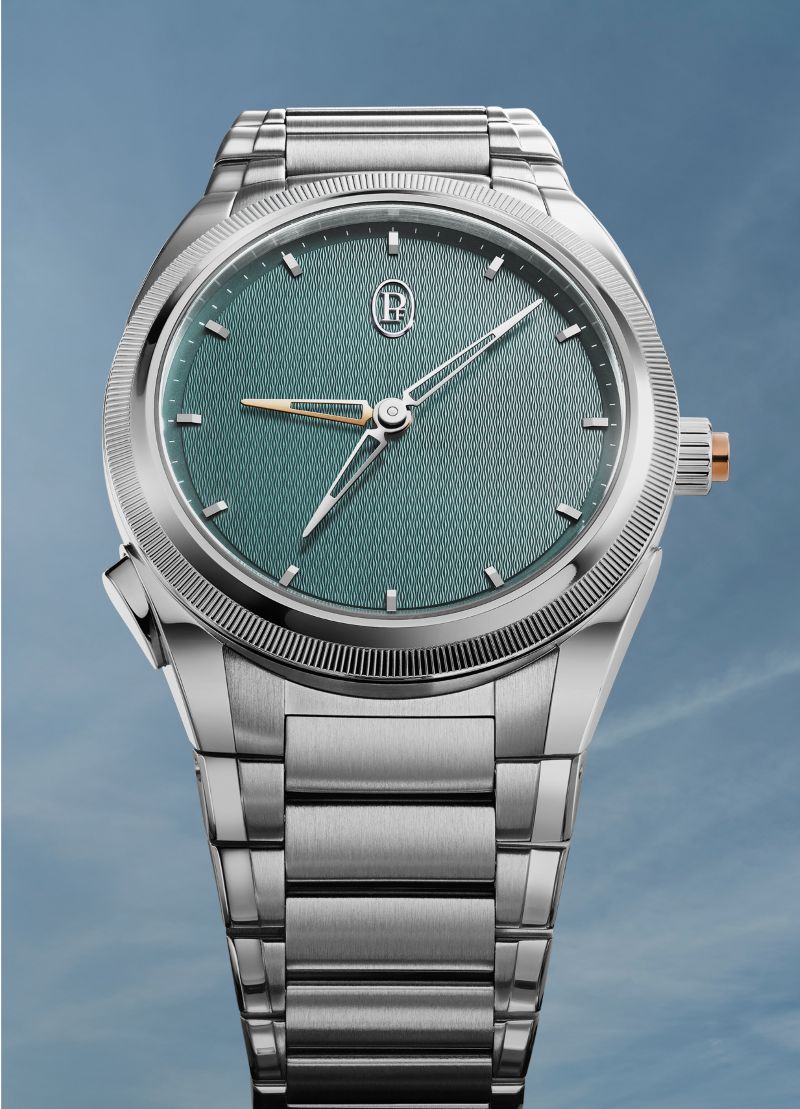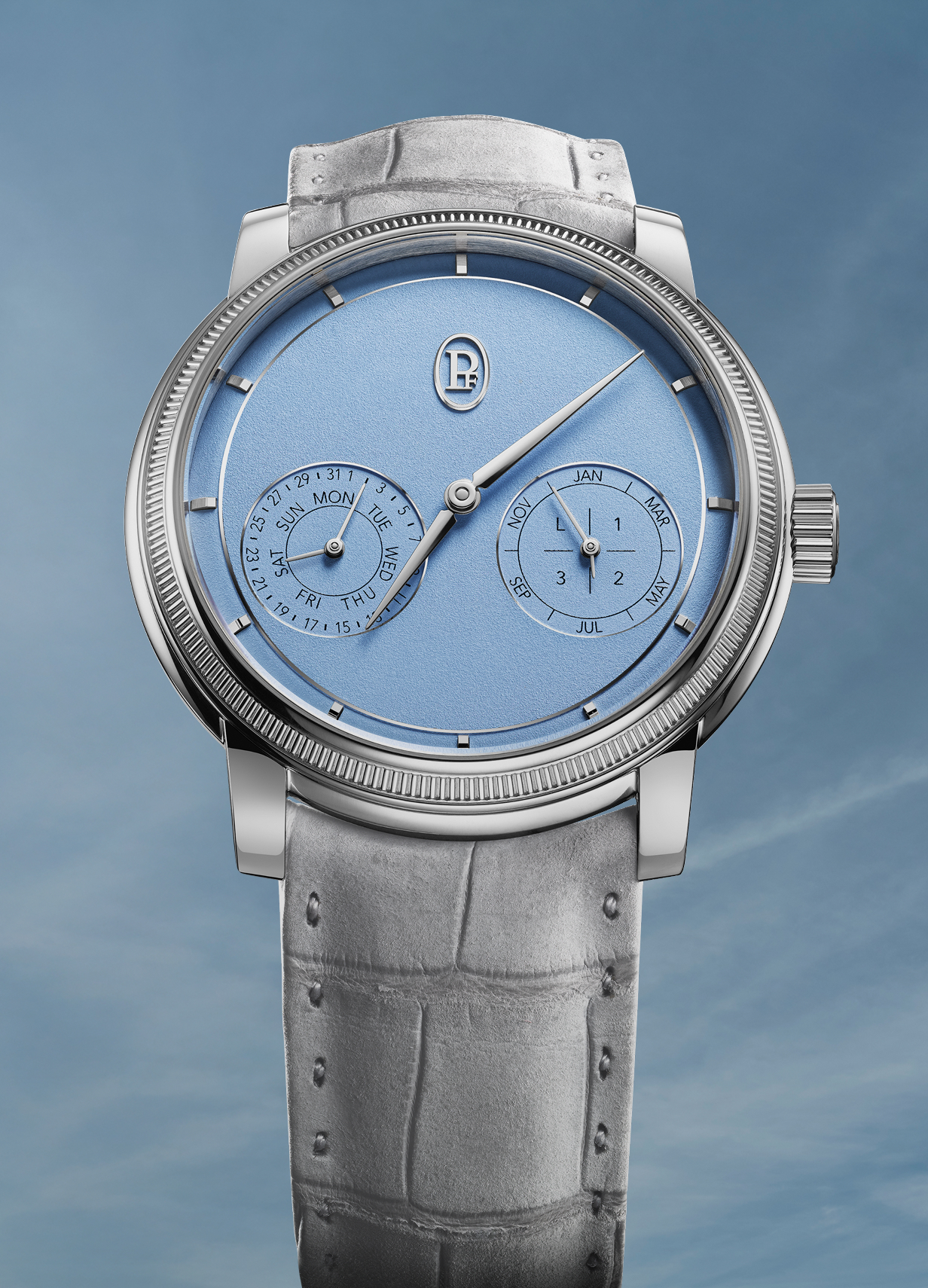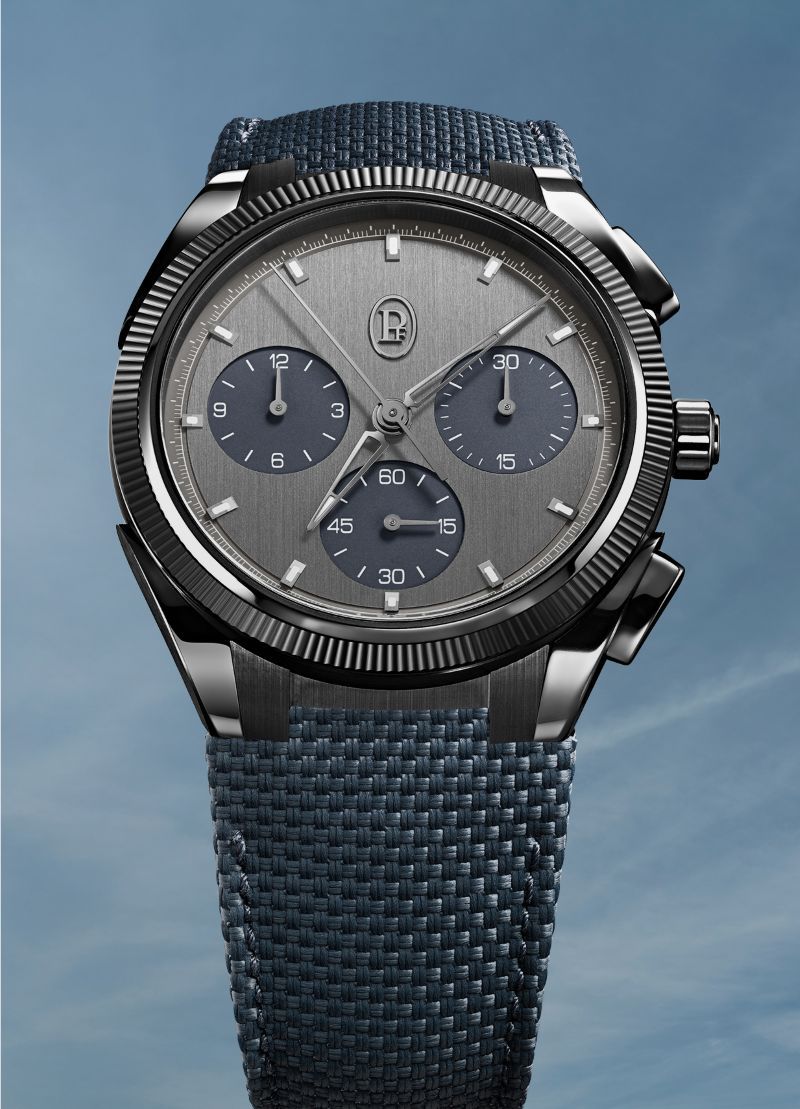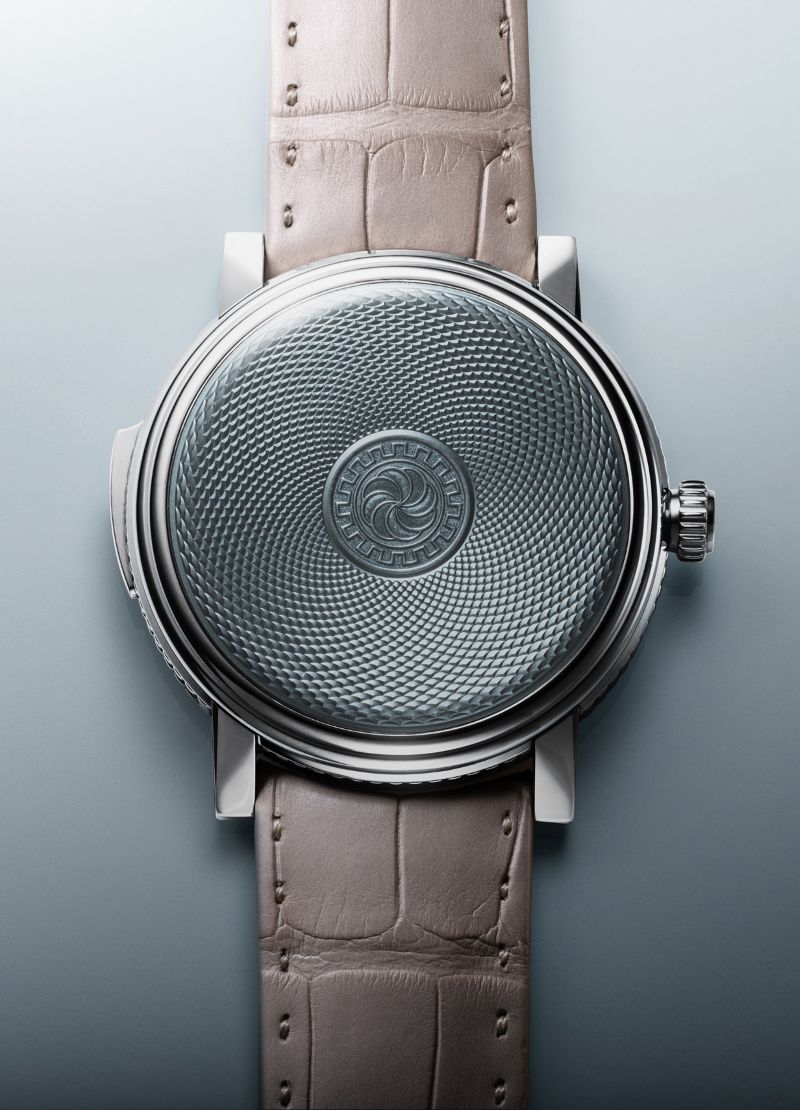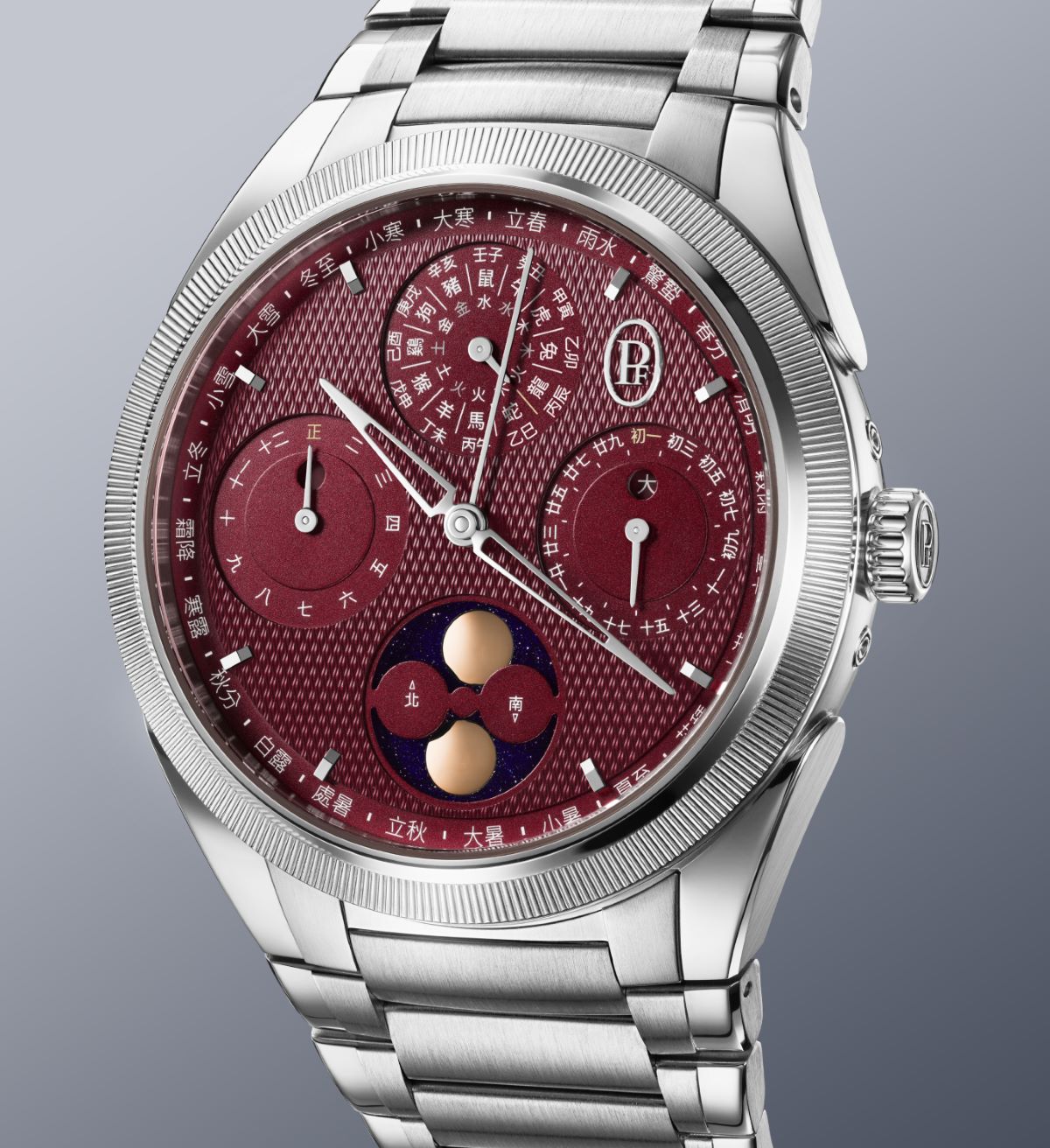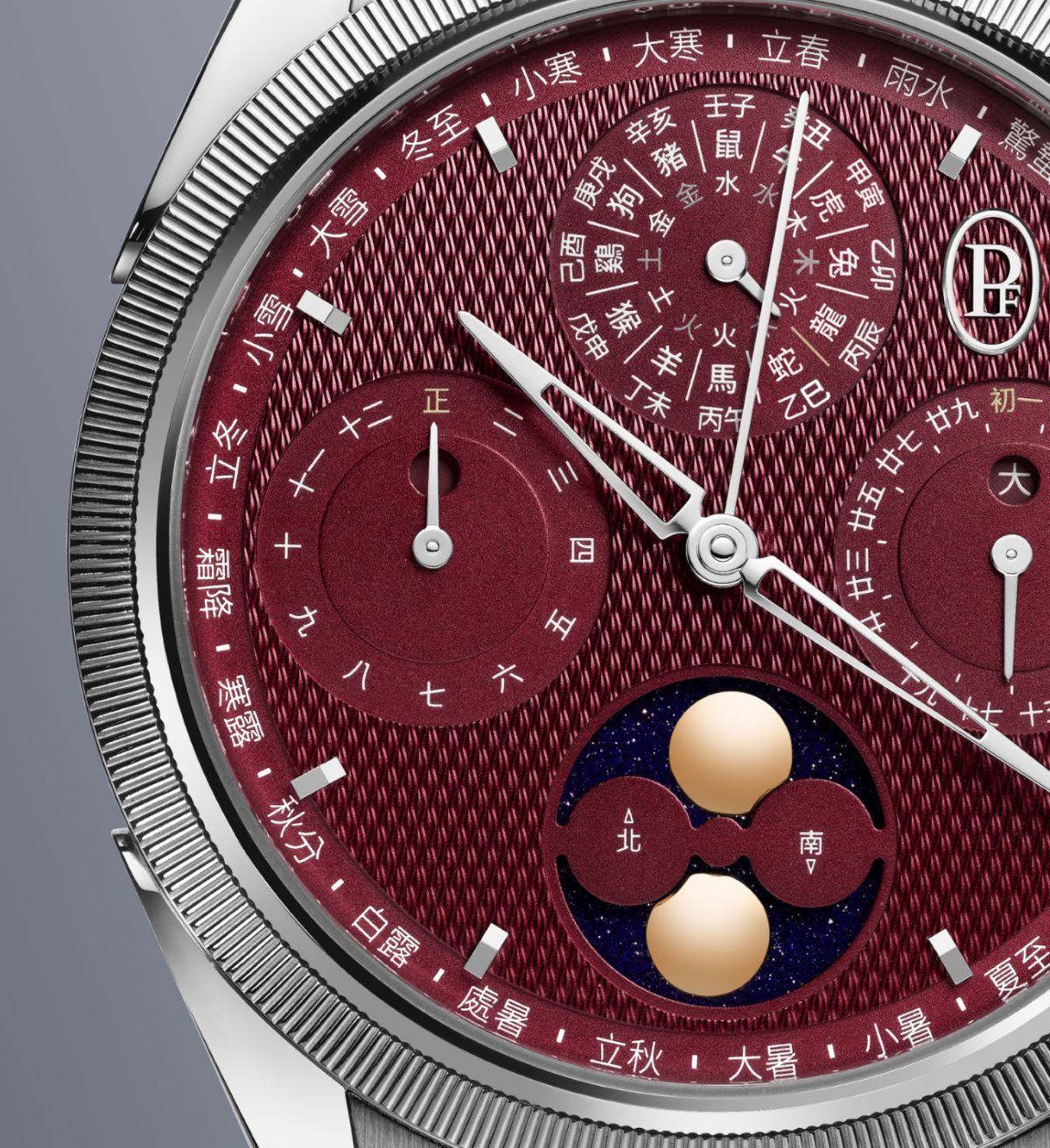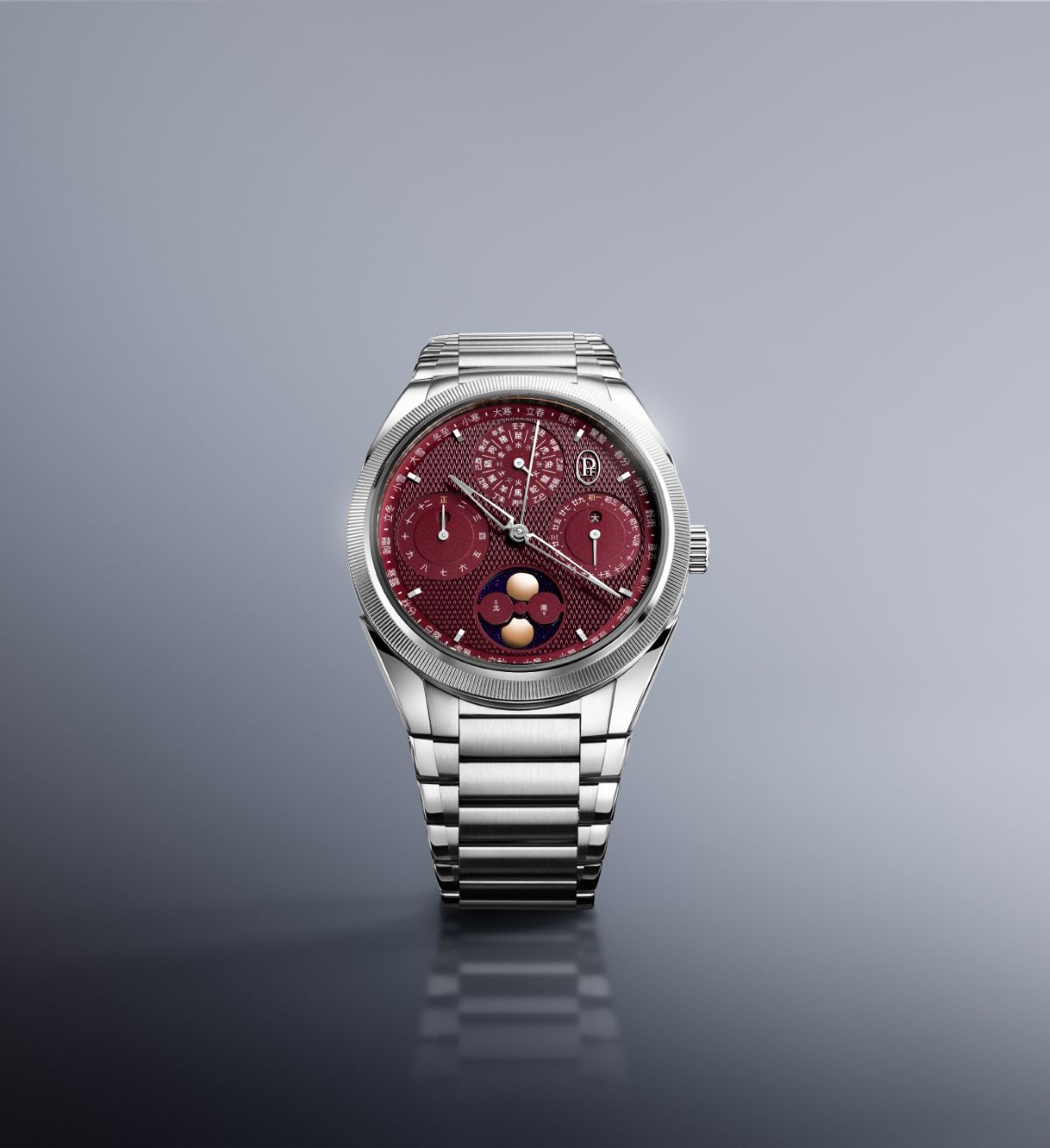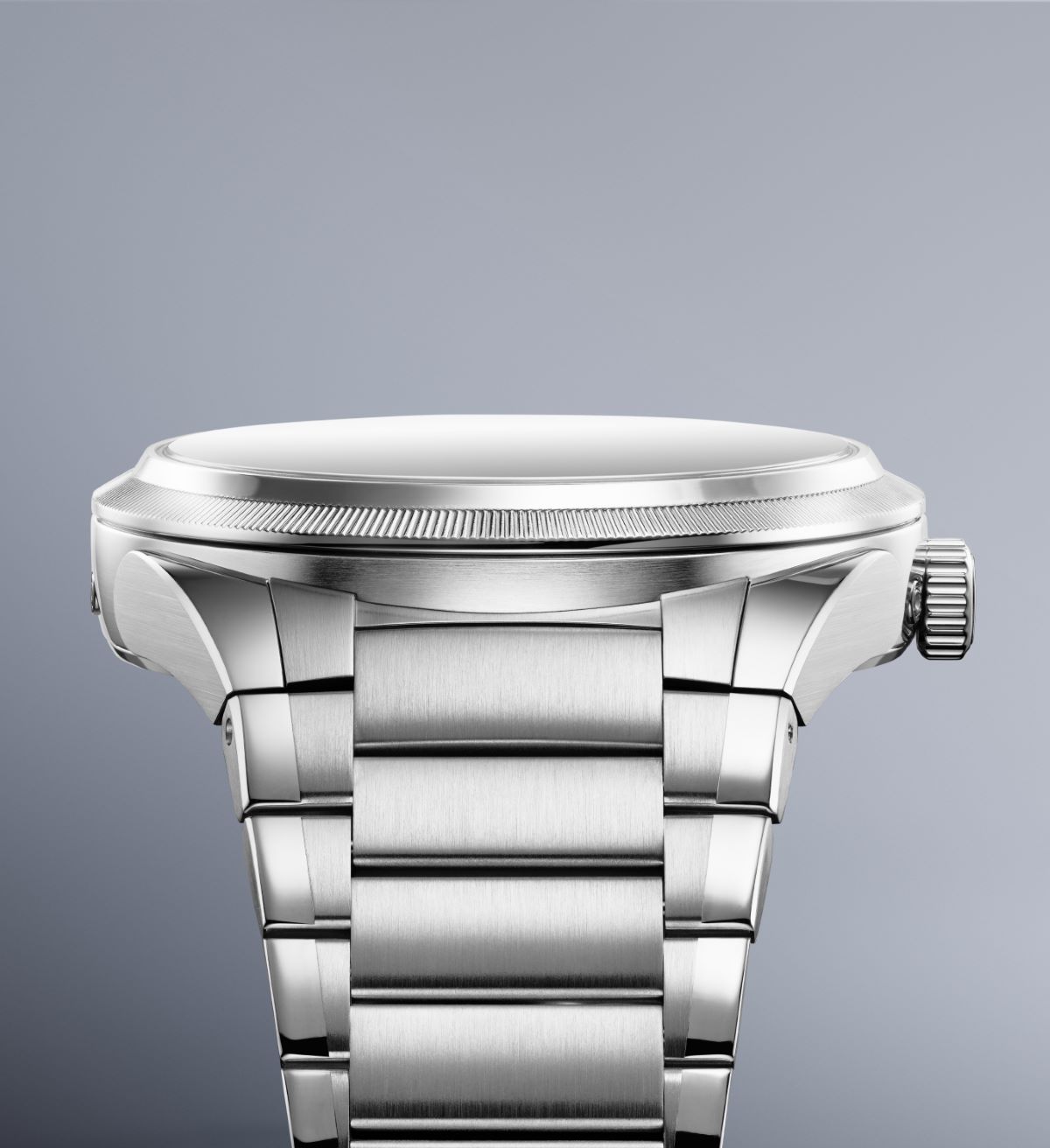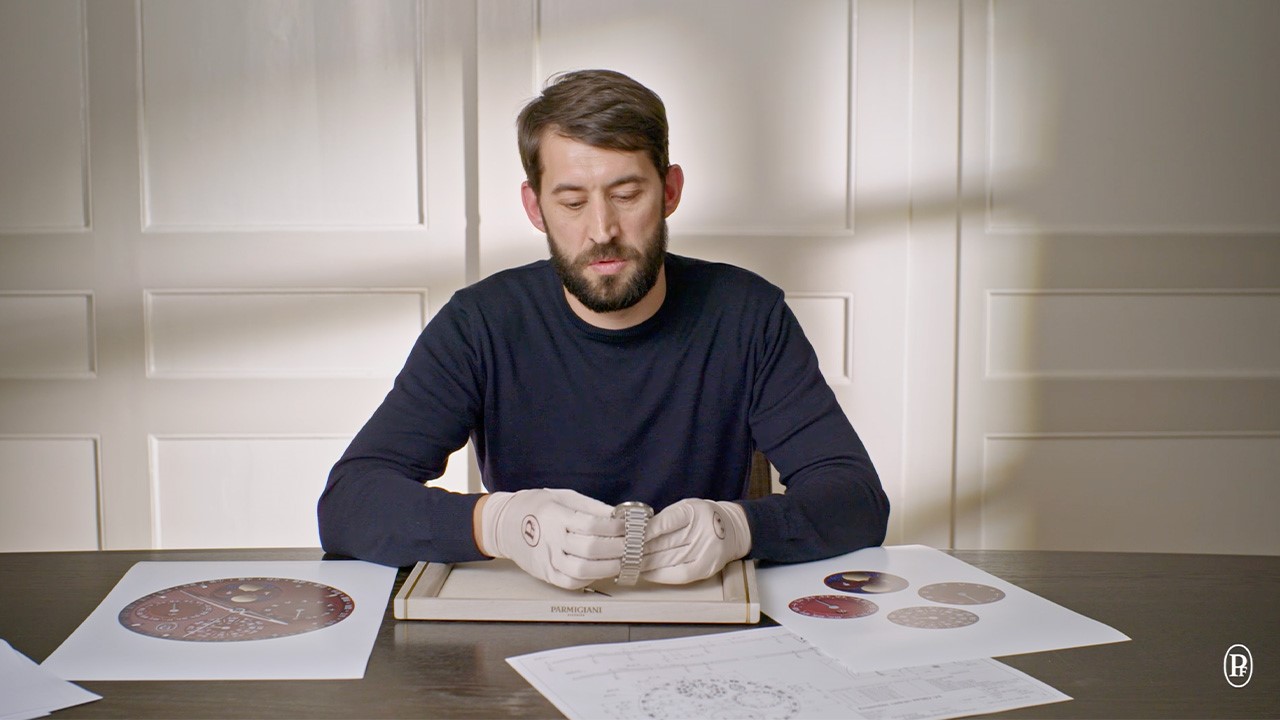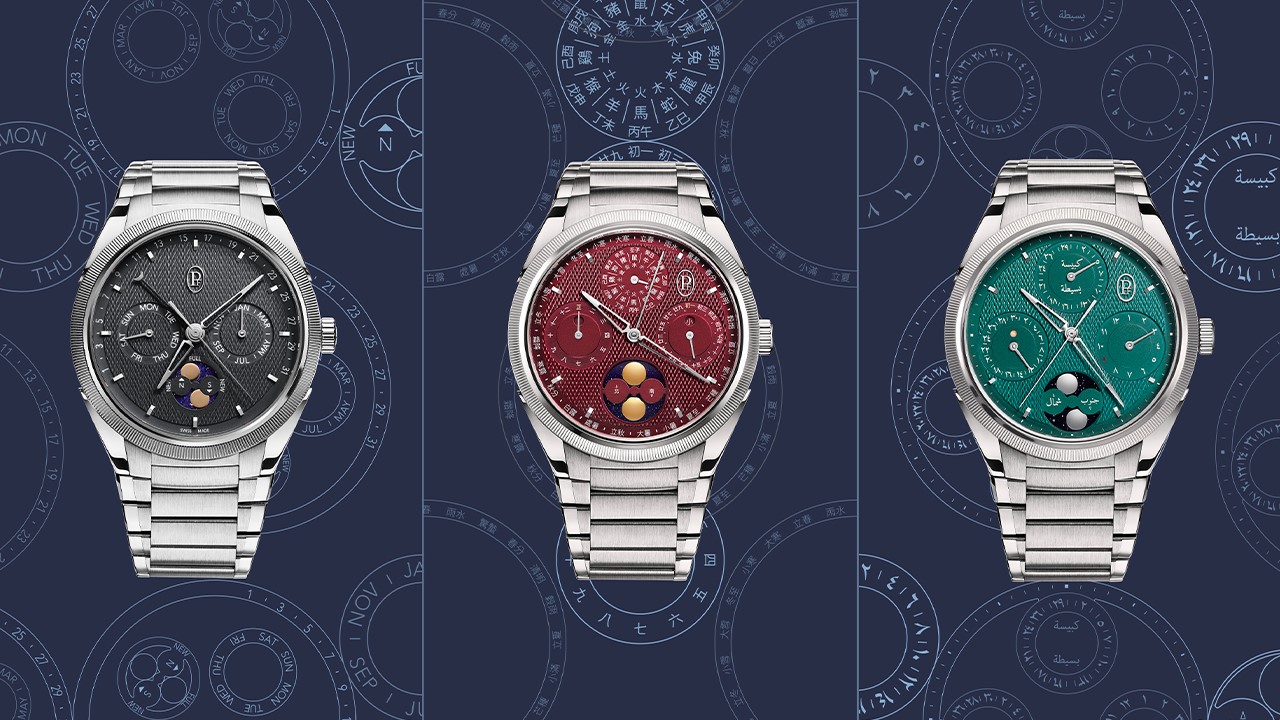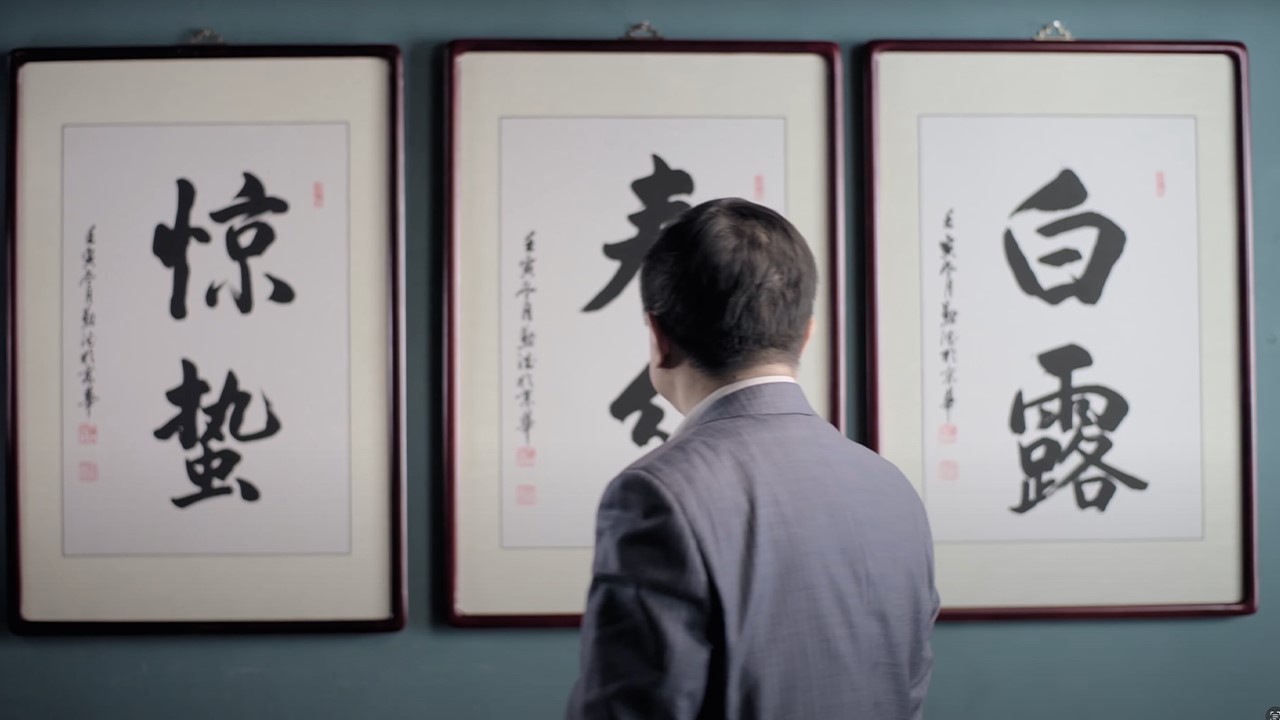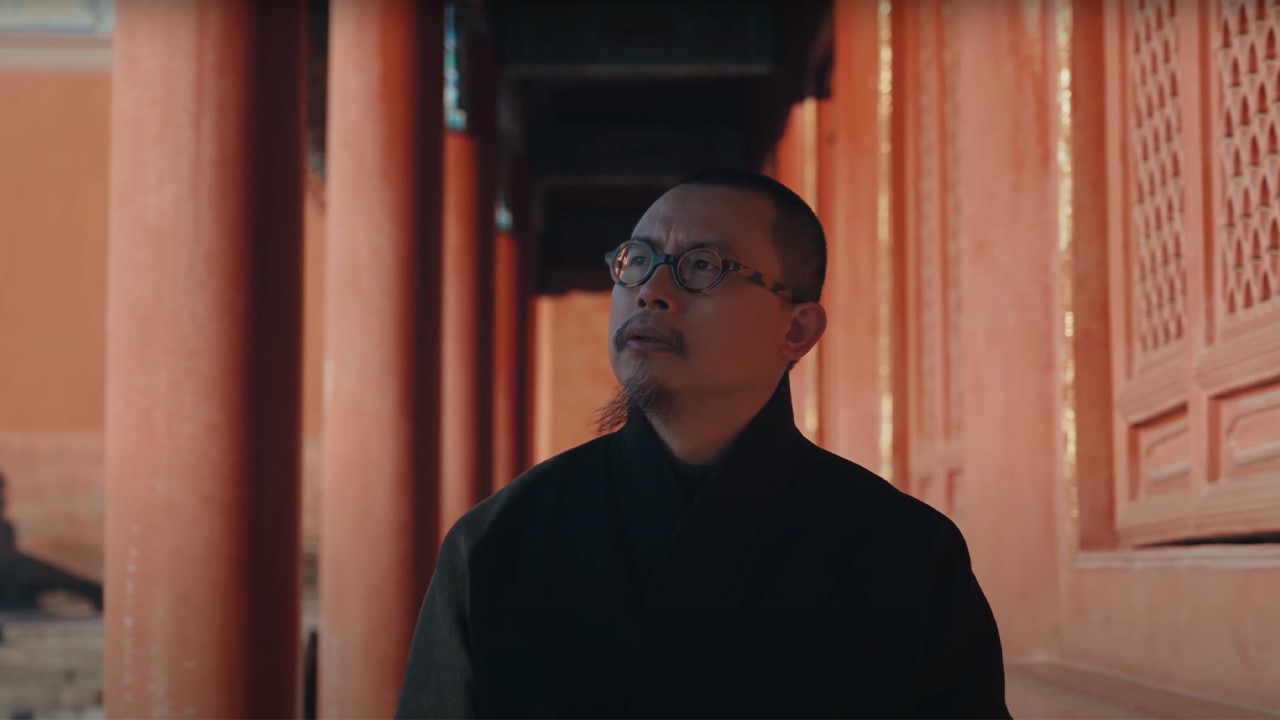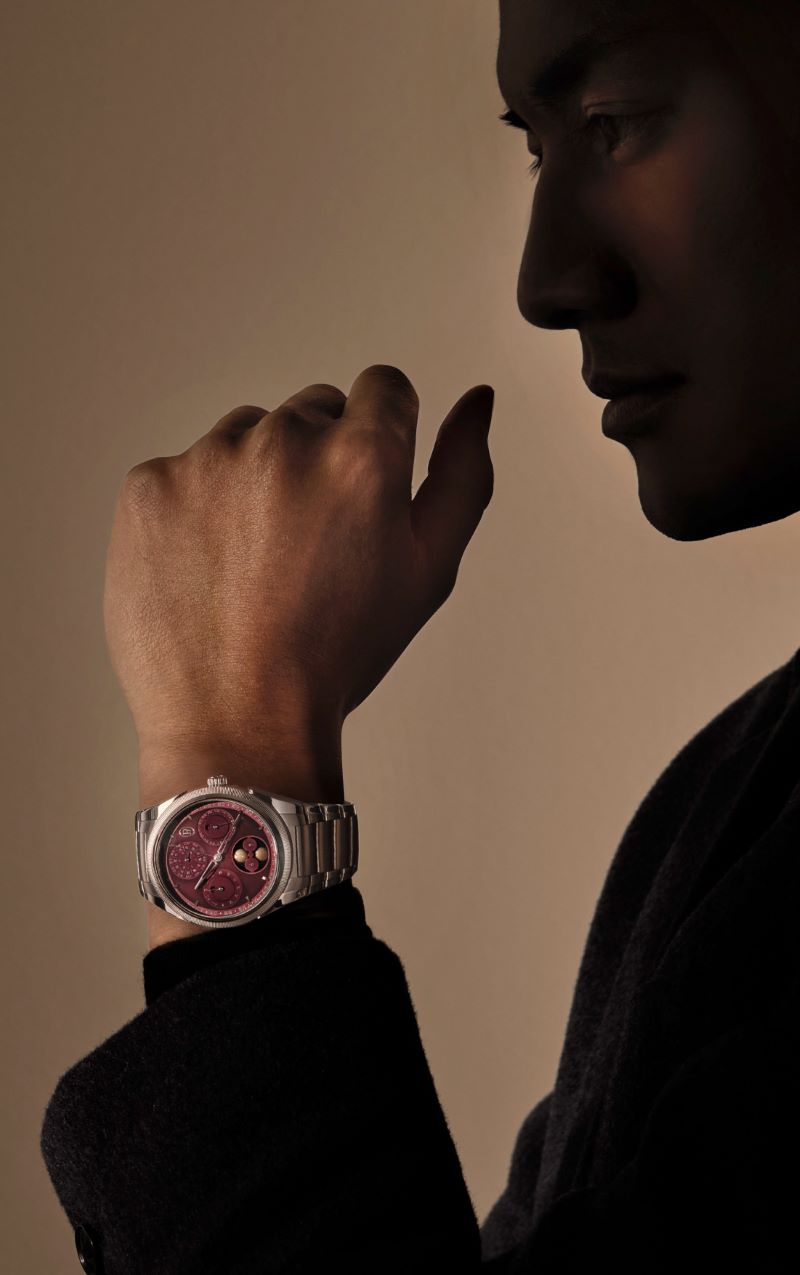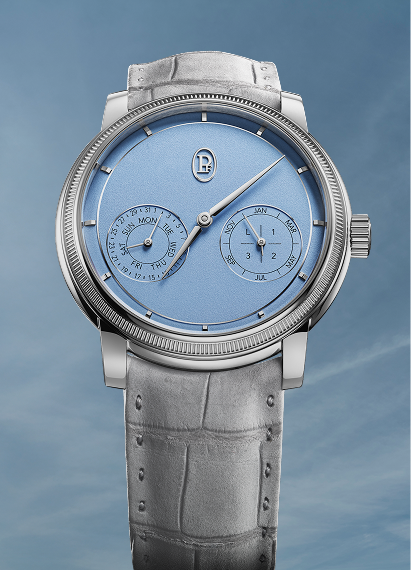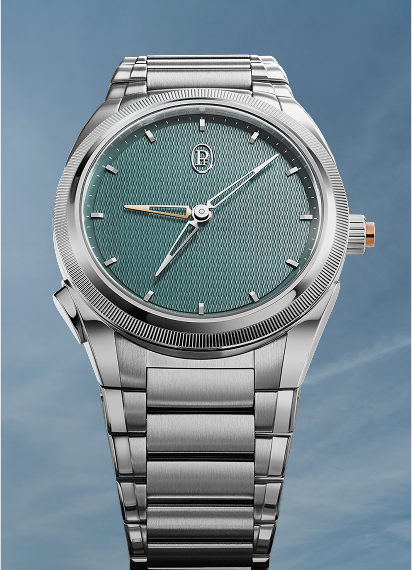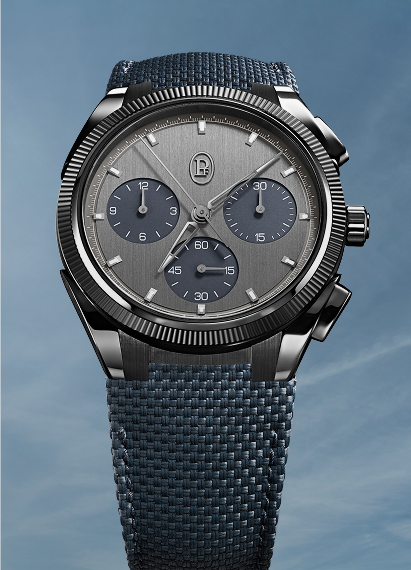TONDA PF XIALI CALENDAR,
A WORLD PREMIERE WITH A
CHINESE COMPLETE CALENDAR
LUNAR-SOLAR XIALI CALENDAR
SIXTY-YEAR PERIOD
AN IMPERIAL PURITY
WORDS OF EXPERTISE
CHF 63'700
Caliber
PF008
Power reserve:
54 hours
Frequency:
4 HZ – 28’800 A/H
No. of components:
353
Jewels:
42
Thickness:
6.9
Case
Diameter:
Ø 42.0 MM
Thickness:
12.2
Glass:
ARunic anti-reflective sapphire
Case back:
Sapphire
Water resistance:
100
Dial
Finishing:
"Grain d'Orge hand-guilloché"
Indices:
18ct gold rhodium-plated appliques
Color:
Imperial Red
Hands
Hours and minutes:
Delta-shaped
Bracelet
Stainless steel
Movement
PF008
Caliber 008 automatic 42 jewels
Movement specifications
Calibre: PF008
Winding:
Automatic
Total dimensions:
11 ½''' – Ø 25.6 MM
Thickness:
6.9
Frequency:
4 HZ – 28’800 A/H
Power Reserve:
54 hours
NB of components:
353
NB of jewels:
42
THREE YEAR WARRANTY
Your watch is guaranteed against manufacturing defects for a period of 3 years subject to our International Sales Warranty.
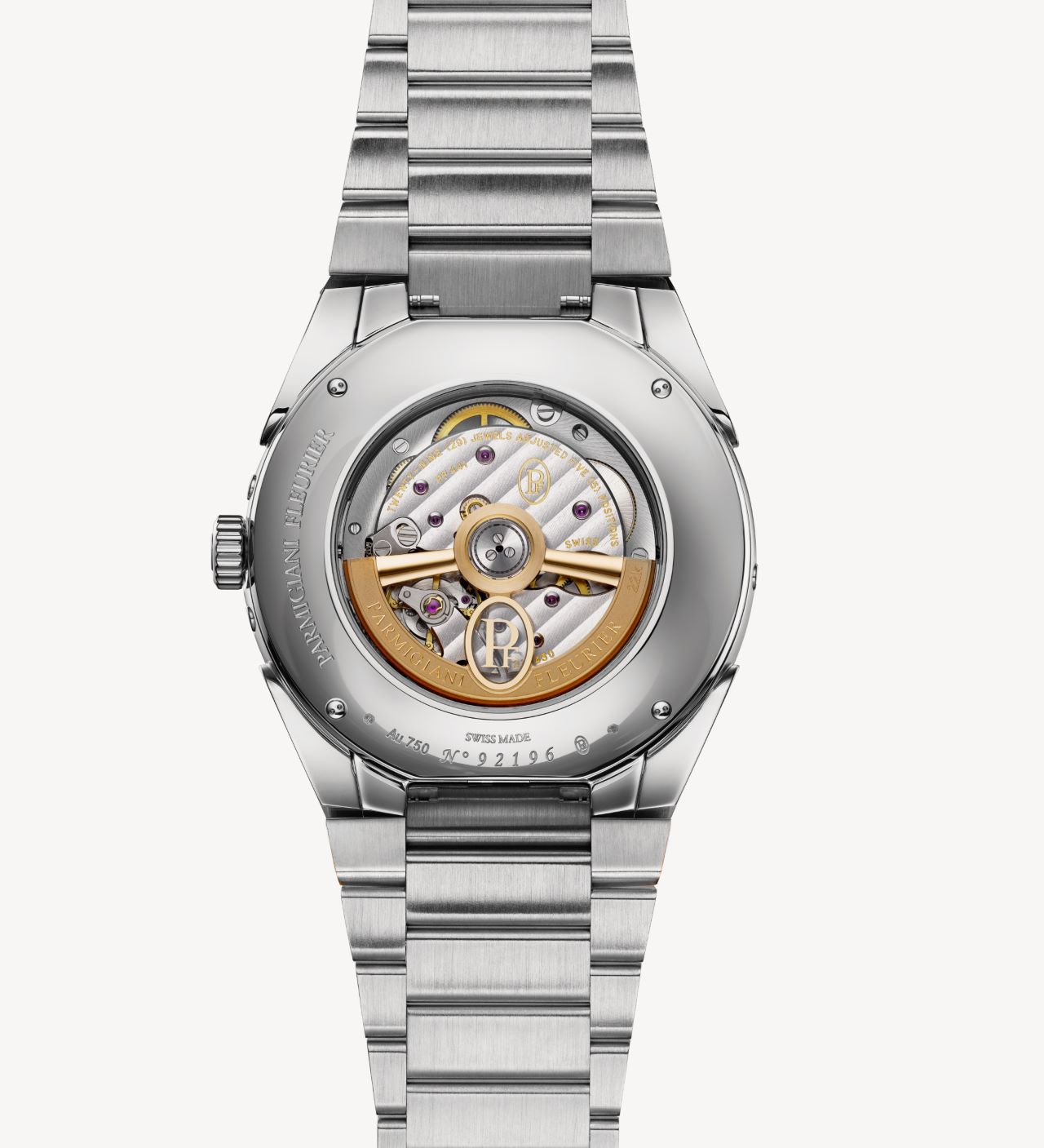
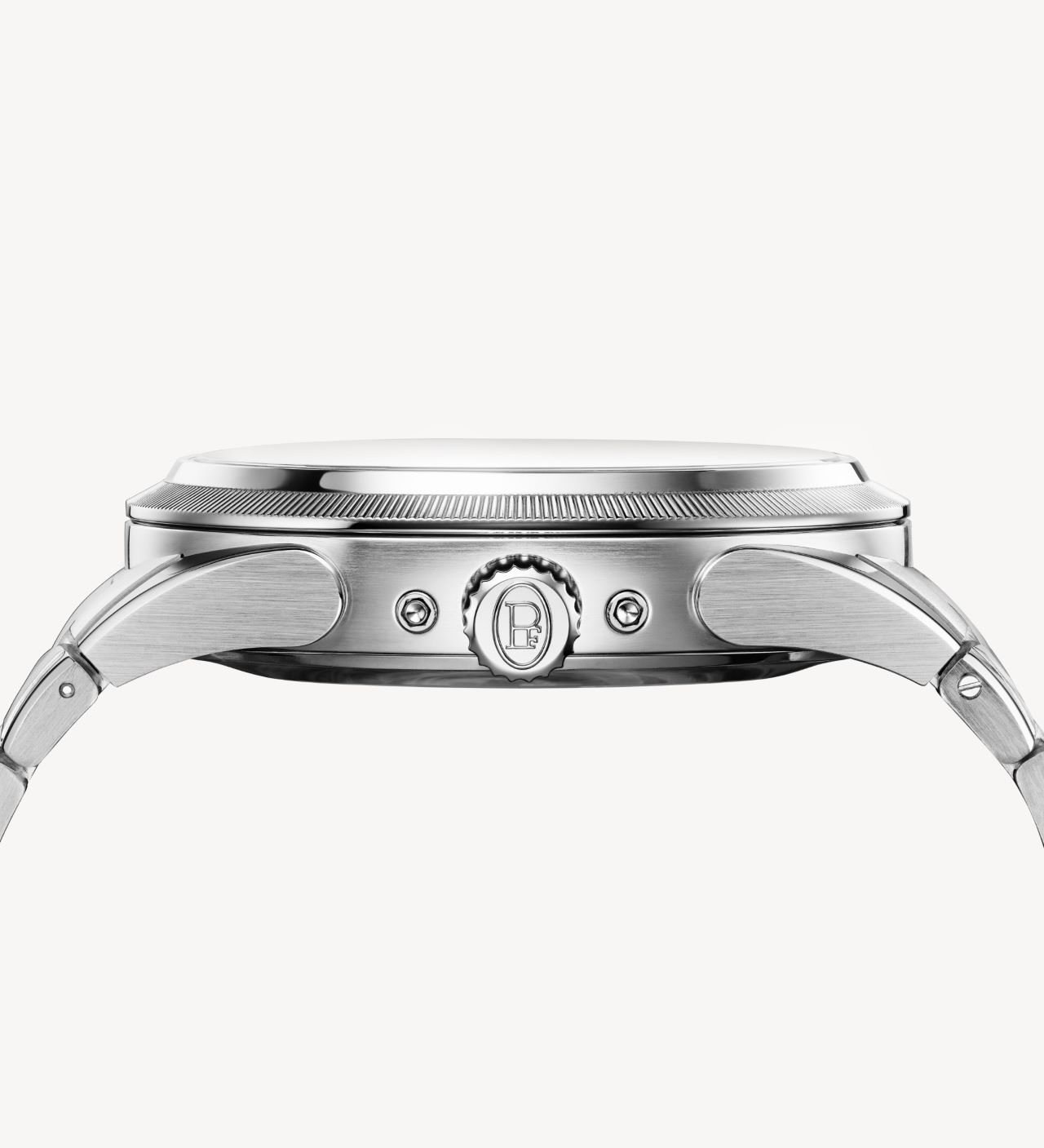
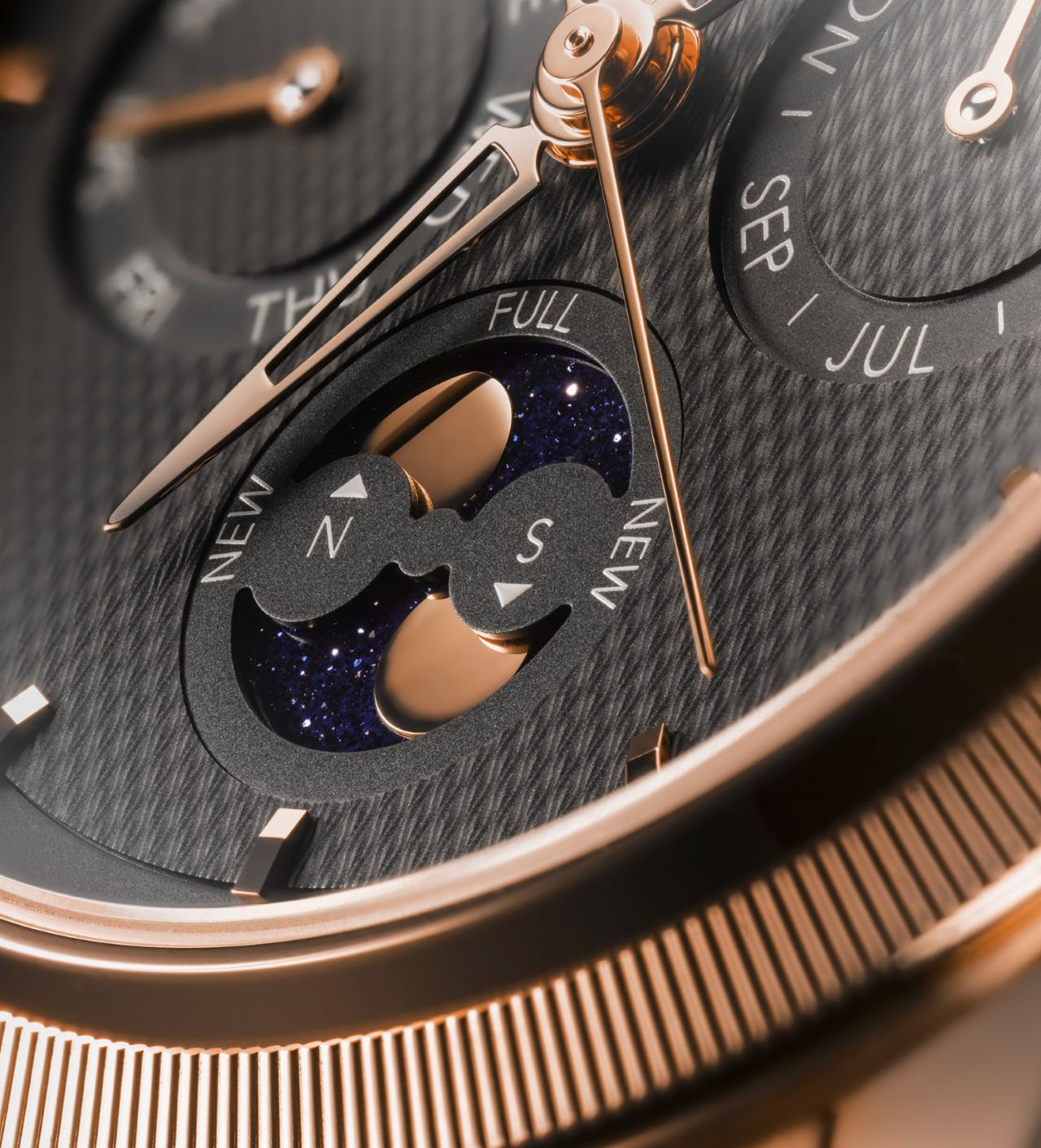
CULTURAL ODES TO GREAT CIVILISATIONS
We view calendars not only as instruments of measurement but as true mirrors of the civilizations that conceived them. This recognition of calendars as expressions of cultural diversity guides our design process, encouraging us to integrate the specificities of each society into our timepieces.
Our TONDA PF collection showcases three masterpieces dedicated to this theme: The Islamic Hijri calendar, the complete Chinese calendar Xiali and the Gregorian calendar.
